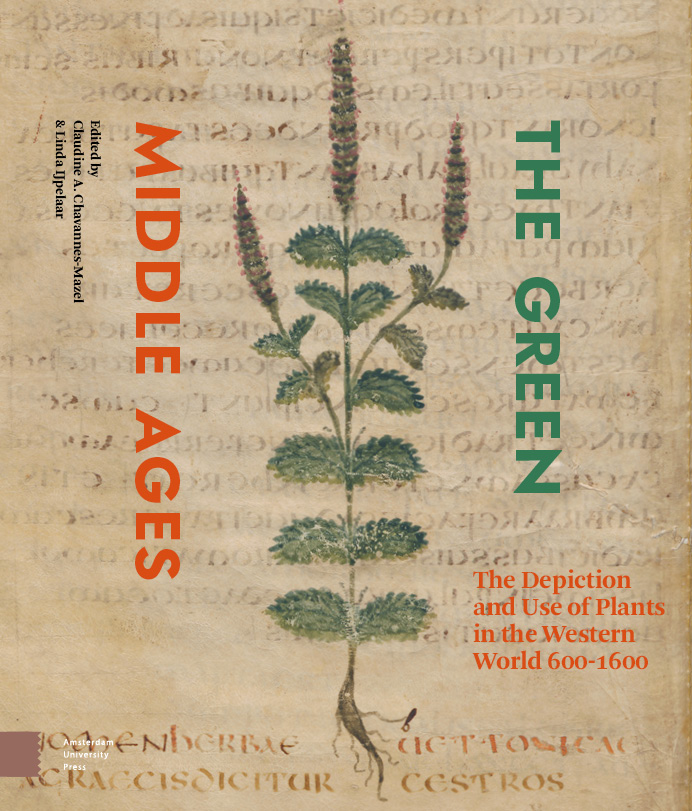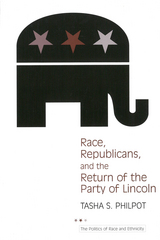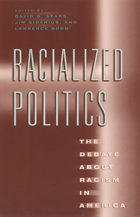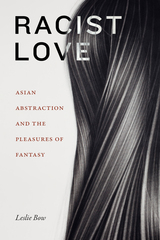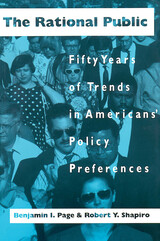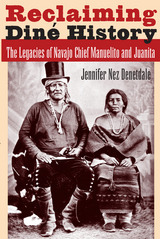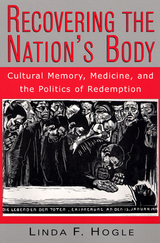The Green Middle Ages: The Depiction and Use of Plants in the Western World 600-1600
Amsterdam University Press, 2023
eISBN: 978-90-485-5774-5
eISBN: 978-90-485-5774-5
ABOUT THIS BOOK | AUTHOR BIOGRAPHY | TOC
ABOUT THIS BOOK
How ‘green’ were people in late antiquity and the Middle Ages? Unlike today, the nature around them was approached with faith, trust and care. The population size was many times smaller than today and human impact on nature not as extreme as it is now. People did not have to worry about issues like deforestation and sustainability.
This book is about the knowledge of plants and where that knowledge came from. How did people use earth and plants in ancient times, and what did they know about their nutritional or medicinal properties? From which plants one could make dyes, such as indigo, woad and dyer’s madder? Is it possible to determine that through technical research today? Which plants could be found in a ninth-century monastery garden, and what is the symbolic significance of plants in secular and religious literature?
The Green Middle Ages addresses these and other issues, including the earliest herbarium collections, with a leading role for the palaeography and beautiful illuminations from numerous medieval manuscripts kept in Dutch and other Western libraries and museums.
This book is about the knowledge of plants and where that knowledge came from. How did people use earth and plants in ancient times, and what did they know about their nutritional or medicinal properties? From which plants one could make dyes, such as indigo, woad and dyer’s madder? Is it possible to determine that through technical research today? Which plants could be found in a ninth-century monastery garden, and what is the symbolic significance of plants in secular and religious literature?
The Green Middle Ages addresses these and other issues, including the earliest herbarium collections, with a leading role for the palaeography and beautiful illuminations from numerous medieval manuscripts kept in Dutch and other Western libraries and museums.
